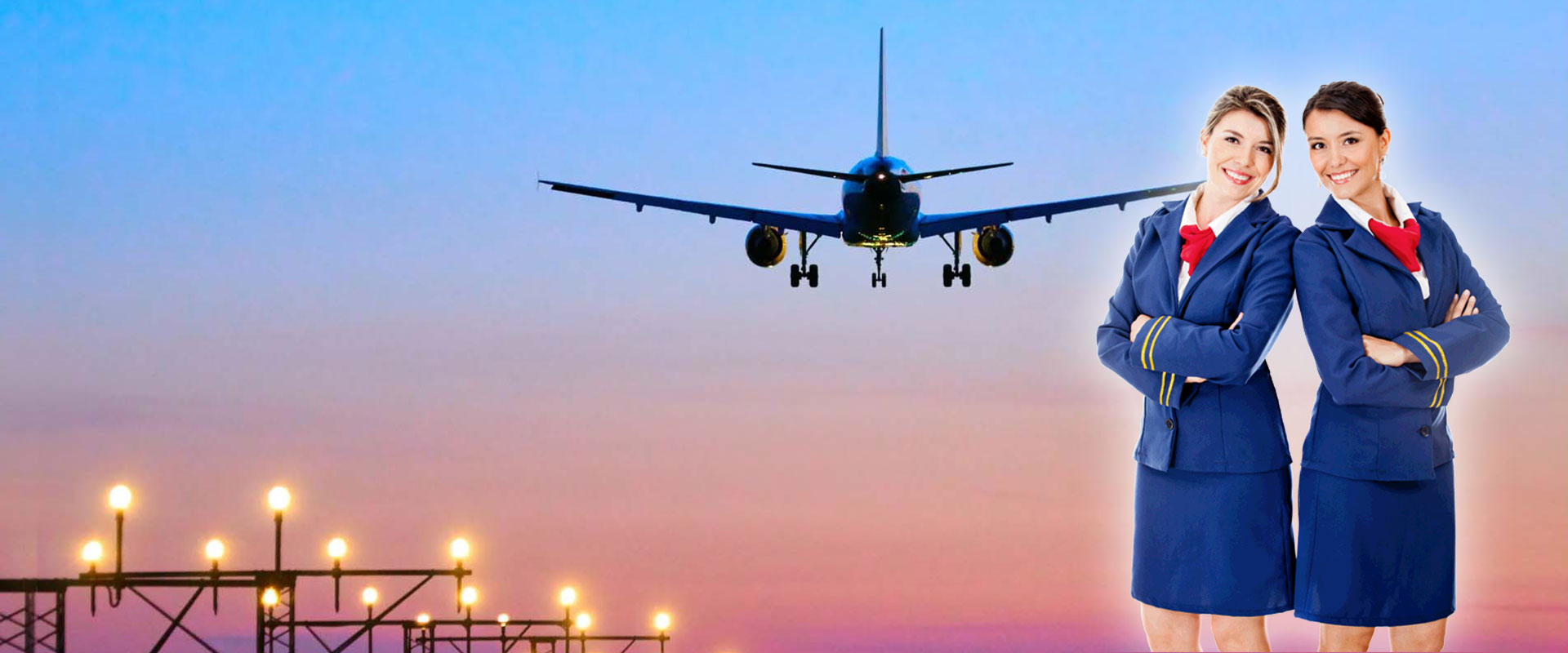Navigating the Skies: The Dynamics of the Aviation Industry in India
The aviation industry in India has undergone a remarkable transformation over the past few decades, evolving from a nascent sector to a robust and rapidly growing one. As a critical component of the country’s infrastructure, the aviation industry plays a pivotal role in connecting people, fostering economic development, and promoting global integration. One institute that has been instrumental in shaping the future leaders of this dynamic industry is JSIHM (JetSet Institute of Hotel Management).
Historical Perspective:
The roots of India’s aviation industry can be traced back to 1911 when the country witnessed its first commercial flight. However, it was only after the liberalization policies of the 1990s that the industry truly took off. The introduction of private players and increased foreign direct investment (FDI) opened doors to innovation, competition, and expansion.
Current Landscape:
Today, India boasts one of the fastest-growing aviation markets globally. With a rising middle class and increasing disposable incomes, there is a surge in demand for air travel. Major airlines such as IndiGo, Air India, SpiceJet, and Vistara dominate the domestic airspace, catering to millions of passengers annually. The government’s Regional Connectivity Scheme (UDAN) has further facilitated air travel to remote areas, enhancing connectivity and accessibility.
Despite the industry’s growth, challenges persist. Issues like infrastructure constraints, regulatory hurdles, and fluctuating fuel prices continue to impact operations. However, these challenges also present opportunities for innovation, investment, and sustainable development.
JSIHM’s Contribution to Aviation Leadership:
In this dynamic landscape, institutions like JSIHM play a crucial role in nurturing skilled professionals who can navigate the complexities of the aviation industry. JSIHM stands out as a premier institute, offering specialized courses that equip students with the knowledge and skills required for leadership roles in aviation.
The institute’s comprehensive curriculum covers various facets of the industry, including aviation management, airport operations, and airline management. Practical training and industry exposure are integral components, ensuring that graduates are not only academically proficient but also industry-ready.
JSIHM’s commitment to excellence is reflected in its faculty, which comprises seasoned professionals and industry experts. The institute’s strong industry connections facilitate internships, placements, and collaborative projects, providing students with a firsthand understanding of the challenges and opportunities in the aviation sector.
Emerging Trends and Future Outlook:
The aviation industry in India is at a juncture where technological advancements and changing consumer preferences are shaping its trajectory. The rise of digital technologies, artificial intelligence, and sustainable aviation practices are key trends influencing the industry. JSIHM recognizes the importance of staying ahead of these trends and ensures that its curriculum remains relevant and up-to-date.
The future of the aviation industry in India holds immense promise. As the country continues to urbanize and globalize, the demand for air travel is expected to soar. However, with this growth comes the responsibility to address environmental concerns and implement sustainable practices. JSIHM, with its forward-looking approach, prepares its students to be not just leaders in the aviation industry but also responsible stewards of the environment.
Conclusion:
In conclusion, the aviation industry in India is a dynamic and evolving sector that plays a crucial role in the country’s economic development. JSIHM stands as a beacon of excellence, shaping the leaders who will steer the industry into the future. As India’s aviation sector continues to soar to new heights, the collaboration between industry leaders and educational institutions like JSIHM will be instrumental in ensuring a sustainable and thriving aviation ecosystem for generations to come.


